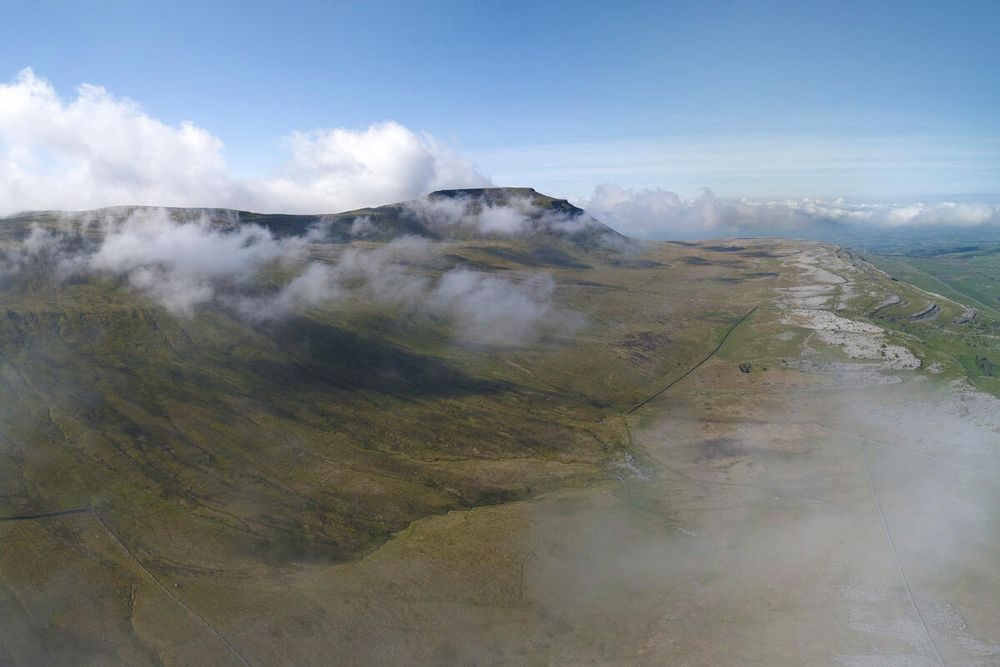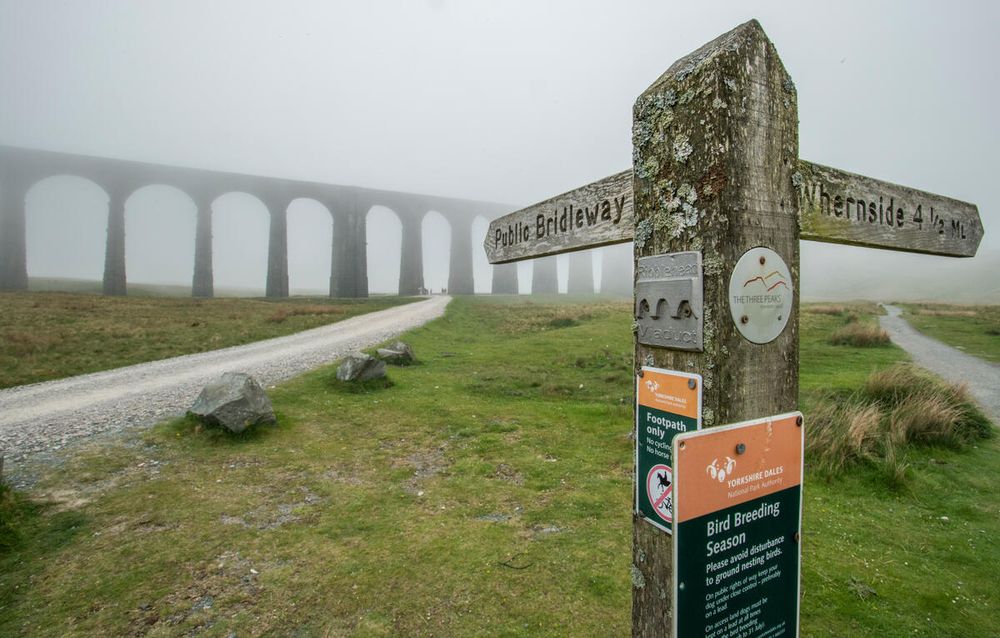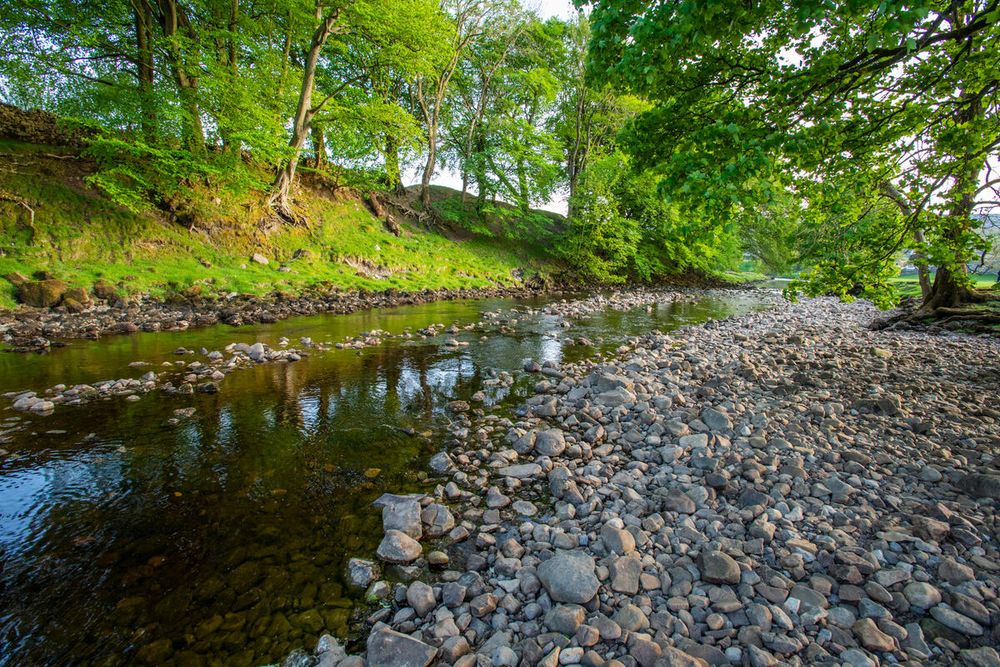Sowing the seeds of a wilder future

Over several centuries, humans have changed the face of Ingleborough, one of Yorkshire’s most beautiful and rugged landscapes. Now the University is part of a consortium working to help nature recover.
High in the Yorkshire Dales, a partnership of conservation groups, local people and volunteers is bringing back rare plants, trees and wildlife, and helping nature to become more resilient in the face of a changing climate.
At 723 metres above sea level, Ingleborough is the second highest point in the county, and with Pen-y-Ghent and Whernside forms Yorkshire’s famous Three Peaks.
Ingleborough’s landscape has changed dramatically over the past few hundred years, as woodland was cleared and farming became more intensive – with significant impacts on wildlife and biodiversity. Just pockets of native woodland and natural habitat remain. Peat bogs are heavily degraded, their value as a carbon store diminished by the channels dug to drain the land.
Now an ambitious conservation project is creating a wilder future for this beautiful and rugged landscape.
Working with local communities, the Wild Ingleborough project is restoring the land from the valley floor to the mountain top, planting thousands of native trees, nurturing areas of wild plants and flowers, restoring the peat bogs, and reconnecting patches of habitat to allow wildlife to once again thrive.
Working with landowners Natural England and Yorkshire Wildlife Trust, the University is a key partner in the project, alongside the United Bank of Carbon, the Woodland Trust and the World Wildlife Fund. Working with neighbouring landowners, farmers, communities and schools, the partners are pooling their skills, knowledge and energy to restore around 1,200 hectares of land. Researchers from the University are working to document the benefits for both wildlife and people, through carbon capture, flood reduction and job creation.
Want to get involved?
The partnership is welcoming volunteers to Wild Ingleborough to help with a wide variety of tasks such as tree planting, dry-stone walling and butterfly surveying. A number of alumni have already joined the efforts – so why not join them?
Find out more







